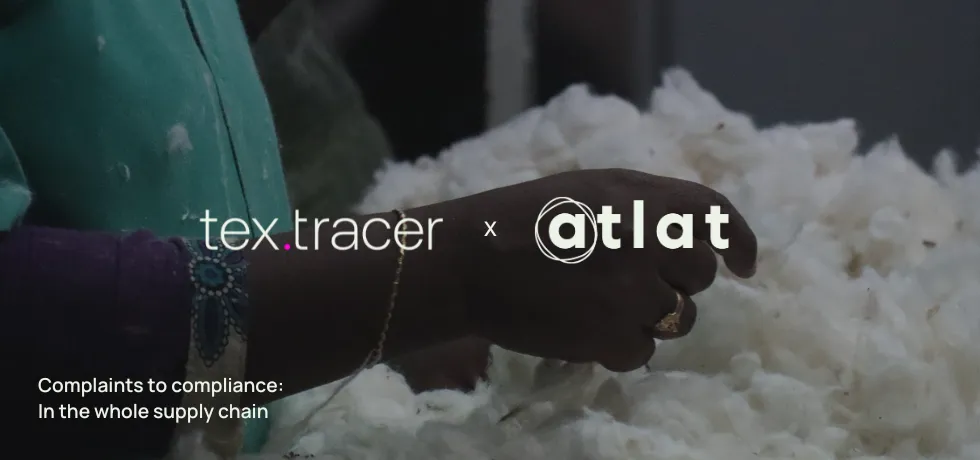In the collaboration between tex.tracer and atlat, we embarked on a project to support social responsibility by including workers' voices. Methods of evaluating working conditions, like self-assessments, audits, or factory visits, have their strengths, but they merely offer a glimpse into a specific moment. Recognising these limitations, we took additional steps to enhance our approach. Alongside these methods, we conducted a worker voice survey and established a grievance mechanism with the goal of gathering genuine insights, resolving issues, and shaping long-term supplier relationships. Already, we’re witnessing positive outcomes as the survey insights enabled constructive discussions between factory management and CSR team. This project highlights our shared dedication to foster social responsibility within the textile sector.
Difficulty of protecting human rights
Protecting human rights across textile supply chains creates significant challenges for many companies. That's why tex.tracer and atlat have joined forces to assist textile companies in supporting garment workers. tex.tracer is specialised in supply chain transparency and assists fashion companies to collect supply chain data from the primary source. With this data, the fashion companies are able to make educated decisions. atlat is specialised in social justice and helps companies to reach stakeholders such as factory workers.
.webp)
Cathy Chen, a CSR manager at a textile company, managed to map their supply chain partner with the use of tex.tracer. She wanted to gather insights into the working conditions at their supply chain partners without relying exclusively on factory visits and audits, recognising that factory dynamics can significantly change in the presence of brand managers or auditors.
While it's possible to obtain this data through supplier self-assessments, the information provided by factory managers in self-assessments isn't always entirely reliable due to their conflict of interest. That’s why gathering insights on working conditions directly from workers becomes crucial for meaningful Human Rights Due Diligence (HRDD) improvement initiatives.
With the aim of fostering closer relationships with factory workers, Cathy and her team decided to conduct the atlat worker voice survey in the facility and to install an external grievance mechanism. The project's primary goal was to investigate human rights risks inthe factory and take action on any identified issues.
Using technology to get in touch with workers
An on-site trainer visited the factory and engaged with workers in their native language to conduct the survey, which was designed with tailored questions to identify potential risks within the workforce. Using the atlat chat, we've implemented a messenger-enabled survey accessible through various platforms, e.g. Viber and Telegram.
Alongside the worker voice survey, we established a grievance mechanism enabling workers to provide feedback, report grievances, and suggest improvement ideas. The grievance channel for workers is designed for easy accessibility, allowing workers to communicate in their local language without the need for extra app downloads while having the possibility to stay anonymous.
The grievance platform is facilitating collaboration among all stakeholders to reach corrective actions jointly. In an ongoing dialogue, workers can receive status updates and respond to questions from the complaints handler. The platform offers comprehensive guidance for grievance resolution while automating compliance reporting. Contact with the affected individual is maintained through direct dialogue facilitated by automatic translations.
The outcomes so far
As tex.tracer clients, we already know our suppliers. The survey provided unique insights into production processes that would have otherwise remained undiscovered. - Cathy Chen, CSR Manager
The results of the survey provided a fresh perspective on production operations, enabling more targeted discussions with factory management. The week after conducting the survey, Cathy visited the factory. Armed with the survey findings, she had valuable insights to discuss with the factory management and knew what to inspect during her visit to the facility. The tangible data from the survey report helped guide the discussion with management. Together with the factory management, corrective actions for reported issues by workers are planned.




